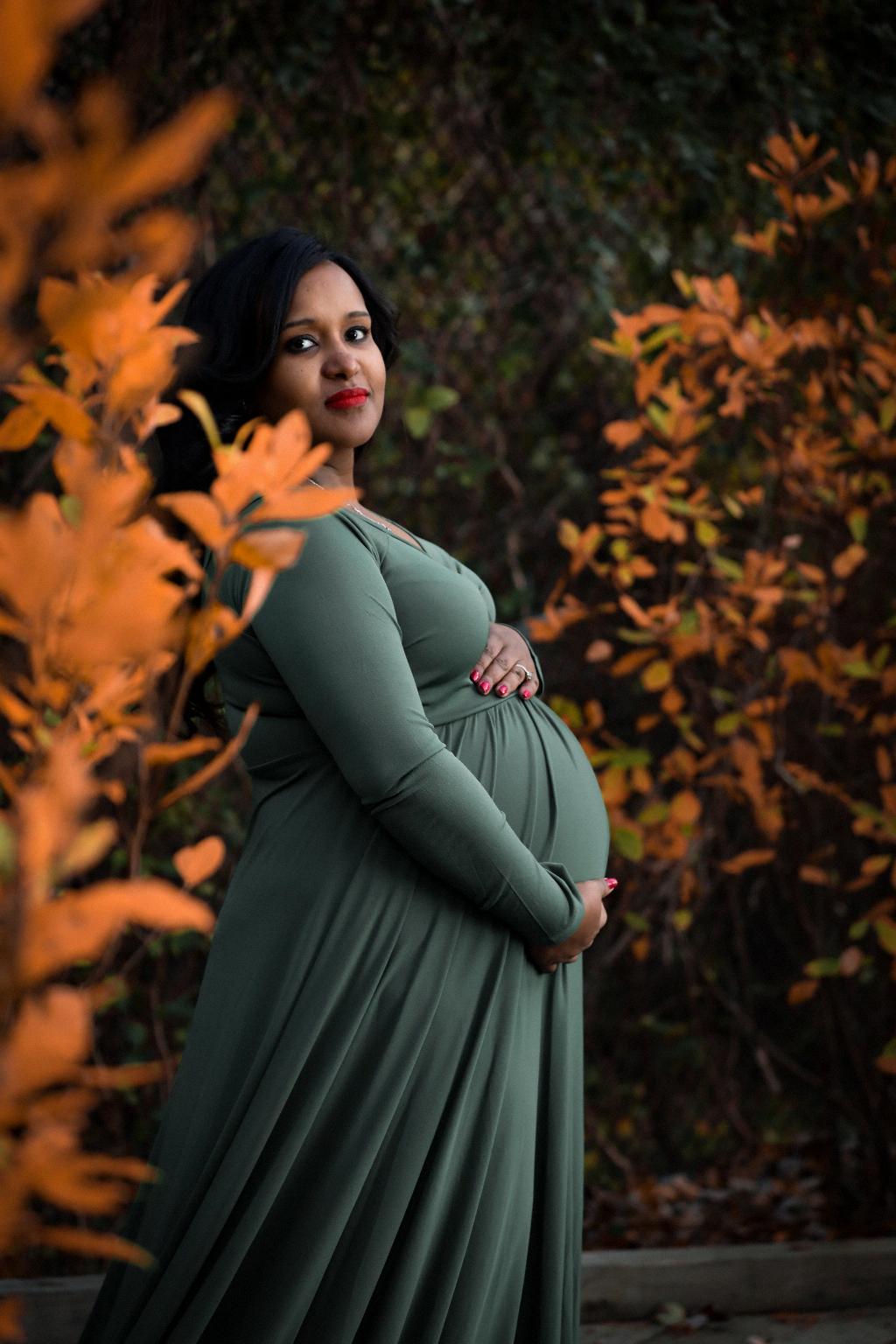When it comes to pregnancy acne, the appearance and characteristics may vary from person to person. However, in general, pregnancy acne is not vastly different from regular acne. It typically manifests as small rashy bumps on the skin, often appearing red or pink in color. These bumps can be quite sensitive to the touch, causing discomfort for many expecting mothers.
One common form of pregnancy acne is blackheads. These are small, dark-colored bumps that form on the skin when hair follicles become clogged with debris and oil. Whiteheads, on the other hand, are similar to blackheads but are white or flesh-colored. These types of acne can be particularly frustrating for pregnant individuals, as hormonal changes during pregnancy can contribute to their development.
In addition to rashy bumps, pregnancy acne may also present as pustules. These are small, pus-filled bumps that can be particularly inflamed and painful. Pustules are a common type of acne lesion that may appear during pregnancy due to hormonal fluctuations. It is essential to avoid picking or squeezing these pustules, as it can worsen inflammation and potentially lead to scarring.
Some pregnant individuals may also experience cystic acne during pregnancy. Cystic acne is characterized by deep, painful cysts beneath the skin’s surface. These large, pus-filled lesions can be challenging to treat and may leave behind scars if not managed properly. Cystic acne during pregnancy can be especially distressing, as it can significantly impact self-esteem and confidence.
It is essential to note that while pregnancy acne shares similarities with regular acne, its triggers and severity may differ. Hormonal changes during pregnancy play a significant role in the development of acne. Increased levels of hormones such as progesterone can lead to excess sebum production, clogged pores, and ultimately acne breakouts. Additionally, stress, diet, and genetics can also contribute to the onset of pregnancy acne.
Managing pregnancy acne requires a gentle yet effective skincare routine. It is crucial to cleanse the skin twice a day with a mild, non-comedogenic cleanser to remove excess oil and debris. Avoid harsh scrubbing or exfoliation, as this can irritate the skin and worsen acne. Moisturizing regularly with a lightweight, oil-free moisturizer can help maintain skin hydration without clogging pores.
In terms of treatment, pregnant individuals should consult with their healthcare provider before using any over-the-counter or prescription acne medications. Some acne treatments contain ingredients that may not be safe during pregnancy, so it is essential to seek professional guidance. Your healthcare provider can recommend pregnancy-safe topical treatments or oral medications if necessary.
In addition to skincare and treatment, lifestyle changes can also help manage pregnancy acne. Maintaining a healthy diet rich in fruits, vegetables, and whole grains can support overall skin health. Staying hydrated and getting an adequate amount of sleep can also positively impact skin appearance. Managing stress through relaxation techniques such as yoga or meditation can further aid in acne prevention.
For some pregnant individuals, pregnancy acne may resolve on its own after giving birth as hormone levels return to normal. However, for others, acne may persist postpartum, requiring ongoing management. It is essential to be patient and consistent with skincare and treatment to see improvements in acne symptoms over time.
In conclusion, pregnancy acne can manifest as various types of acne lesions, including rashy bumps, blackheads, whiteheads, pustules, and cysts. Hormonal changes during pregnancy contribute to the development of acne, making it essential to adopt a gentle skincare routine and seek professional guidance for treatment. By incorporating healthy lifestyle habits and being patient with the process, pregnant individuals can effectively manage pregnancy acne and promote overall skin health.

